Kunde (Cowpea) Vegetable Farming in Kenya
Cowpea farming is popular in Kenya’s arid and semi-arid areas due to its high nutrition value, short harvest period, and hardiness.
The cowpea is also known as the black-eyed pea. In Kenya, it is popularly known as Kunde.
Farmed for its leaves and grains, Kunde leaves are more popular as a vegetable than as a grain. As a farmer, you should consider farming cowpea as a vegetable because of its short harvest period of three to four weeks and its ability to be grown alongside other crops.
The cowpea is rich in Vitamin B complex, calcium, iron, and zinc.
Nutritional benefits of cowpea
The cowpea is packed with nutrients. It is rich in fibre, iron, protein, and potassium. It also has low calories and fat making it a good food when it comes to weight loss and other lifestyle-related conditions.
Helps in fetal development
Cowpeas are rich in vitamin b9 (folic acid) which helps in the development of the foetus during pregnancy. Folic acid deficiency in pregnancy might lead to birth defects.
Prevent anaemia
Cowpeas are rich in iron which helps in the formation of the red blood cells. Iron helps prevent conditions like anaemia
Improved metabolism
Due to the presence of copper and potassium in cowpeas, consuming cowpeas on a daily basis will improve your metabolic health and digestion.
Helps with building strong bones
The presence of calcium, phosphorus, zinc, magnesium, copper, boron, and Vitamin D in cowpeas helps in the formation and maintenance of strong bones.
Assist in mental health
Cowpeas contain tryptophan which is known to help with issues like anxiety and insomnia. It helps in providing good sleep, maintain high levels of energy and appetite.
Healing and repair of muscle tissue
The presence of amino acids in cowpea assist in development and repair of muscle tissue.
Helps in digestion
The fibre content in cowpeas helps in bowel movement, enhancing in the gastrointestinal system.
Helps prevent diabetes
Cowpeas contain good amounts of magnesium which help in the processing of sugars glucose and carbohydrates
Uses of the cowpea
The cowpea leaves are consumed as a vegetable alongside other meals. The cooked cowpea leaves can be mashed together with potatoes to make a meal.
Cowpea grains can be boiled together with maize to make a meal
Traditionally cowpea leaves were used as a balm on burns and skin swellings. The leaves can be chewed to treat toothaches.
Cowpea roots were used to deal with snakebites. Cowpea roots were crushed and mixed with porridge to deal with painful menstruation epilepsy and chest pains.
Cowpea grains were ground and mixed with other items as a cure for the common cold as a dewormer and treatment of bilharzia.
Varieties of cowpeas grown in Kenya
Machakos 66
Machakos 66 also known as M66 is a cowpea variety that is grown for both the greens and the leaves. It is tolerant to yellow mottle virus and scab. M66 can tolerate the damage from aphids and thrips. Machakos 66 is also moderately tolerant to powdery mildew and septoria leaf spot.
Machakos 66 will develop flowers in 60 days after germination. Machakos 66 grows well at altitudes of 1200 to 1500 metres above sea level
Katumani 80
Katumani 80 is another variety of cowpeas that is grown as a vegetable and grain and flowers 60 days after germination. It can withstand aphids, pod borers, and leafhoppers but is prone to cowpea yellow mosaic virus.
KVU 27-1
Kvu 27 is a variety of cowpea that can be grown for both grains and leaves. It is tolerant of leafhoppers, pod borers, thrips, and aphids. KVU 27-1 has demonstrated good resistance to fungal diseases and the cowpea mosaic virus.
The best conditions for growing Kunde
Kunde can grow in a variety of climates. The best zones to grow the cowpea are the ones that are between 80 to 1200 metres above sea level.
Kunde do not require a lot of water but if you’re depending on rainfall you need to have a rainfall of at least 200 mm per season. They do well in hot temperatures of between 20 degrees Celsius and 35 degrees Celsius. Colder climates will slow down germination and growth.
Kunde can do well in a variety of soils but the best soils are well-drained sandy loams or sandy soils. The soil should have a pH of between 5.5 and 6.5.
Manure and fertilizer requirements for Kunde.
For optimal production, Kunde require phosphorus and some amount of organic matter in the soil.
Apply a fertilizer rich in phosphorus for example TSP on your farm two weeks before planting cowpeas. The reason for applying phosphorus fertilizer is to enable the roots of the cowpea to develop nodules which will help the plant fixate nitrogen from the air. Apply single or triple superphosphate fertilizer at the rate of 17 to 22 kg per acre.
For organic matter apply well-composted manure at the rate of 2 tonnes per acre. The manure should be broadcasted and mixed well into the soil. This should be done at about 2 weeks before the planting date.
Sowing cowpeas.
Cowpeas are sowed directly into the farm at the rate of 8 to 10 kg per acre. For good results inoculate the seeds using rhizobium bacteria which help improve nitrogen fixation in the roots of the cowpeas.
If depending on rainfall the best time to plant cowpeas is on the early onset of rains. Kunde seeds should be planted 5 centimetres deep in a raised hill. Each Hill should have 3 to 4 seeds which should later be thinned so that you remain with two plants per hill. The thinning should be done two weeks after planting.
The recommended spacing for cowpeas is 60 centimetres between rows and 30 centimetres between plants if you’re planting cowpeas for both vegetables and grain. This gives you a plant population of 22,222 cowpea plants per acre.
If you are farming cowpea purely as a vegetable, the spacing should be 40 centimetres between rows and 10 centimetres between plants this should give you a population of 100,000 to 166,666 plants per acre.
Irrigation and water requirements for Kunde.
Kunde is a hardy crop that can withstand drought. It can grow with minimal rainfall of 200 mm per year. Plants will use the moisture in the soil well. Lack of enough water makes the cowpea plant limit growth by reducing the number of leaves the plant grows.
If you want to grow cowpeas throughout the year it is advisable to use irrigation.
Weeding your Kunde farm
You should remove weeds from your cowpeas farm twice per growing season. The first weeding is done two weeks after the emergence of weeds and the second weeding done as the weeds emerge.
Watch out for a weed called parasitic weed called Striga. It should be removed early enough before it develops and propagates. Adequate manure and fertilizer application helps in reducing the infestation of Striga.
Pests affecting Kunde
Pests can seriously affect your cowpea crop. They reduce the quality and quantity of leaves and grains. For optimal production, you need to have a pest control strategy in order to make your cowpea farming worthwhile.
The major pests that affect cowpeas are aphids, blister beetles, thrips, pod borers, and root-knot nematodes.
Aphids in cowpea
Aphids in cowpeas are tiny insects that suck sap from the leaves and stem of a cowpea plant. They secrete honeydew on the plants. Honeydew from the aphids creates a favourable condition for the growth of sooty mold.
Aphids are also carriers of disease-causing viruses such as the Mosaic virus.
While some cowpea varieties can withstand an onslaught from aphids, it is good to control them so that they don’t adversely affect your harvest. This is because aphids can lead to the death or stunting of your cowpea plants.
To control aphids use cultural methods such as the ladybird beetle that is a natural predator of aphids.
You can also use pesticides, both chemical and organic to control aphids
Blister beetles.
Blister beetles are large beetles that measure between 2 centimetres and 5 centimetres. They are either black and yellow in colour or black and red in colour.
They feed on the cowpea flowers hence affecting the development of the cowpea pod. The pollen from maize plants can attract blister beetles.
To control blister beetles, pick them by hand, and destroy them. Make sure you wear gloves. As a defense mechanism blister beetles secrets a liquid that can burn the skin.
Thrips
Trips are tiny black insects that lay eggs on the flowers of the cowpea plant. They feed on the cowpea flower which eventually drops or grows out of shape. This affects the development of the seed pod leading to decreased production.
To control thrips on cowpeas plant maize and sorghum and practice field hygiene. Destruction of host plants also helps in the control of thrips in cowpeas.
You can also plant cowpea varieties that are resistant to trips for example K80 and KVU27. Use chemical pesticides can also control thrips.
Pod borers
Pod borers are moths that affect the cowpea plant by feeding on all parts of the plant including the leaves, flowers, stems, and pods. Pod borers will affect your cowpea plants at any stage of development. The adult pod borer will feed on flowers and young cowpea pods as the young pod borer caterpillars feed on the flower and the leaves of the cowpea plant.
Pod borers will cause severe damage to a cowpea farm since by feeding on both the pods and the leaves they will affect the production of cowpea vegetable and cowpea grain.
You can use pesticides both chemical and organic to control pod borers in cowpeas.
Root-knot nematodes
Root-knot nematodes are tiny insects and that feed on the roots of the cowpea plants. Their feeding activity makes the roots develop swellings known as galls. These swellings interfere with the nutrient intake of the plant through the roots.
The galls resulting from root-knot nematodes infestation can be differentiated from the nodules brought by rhizobium bacteria by colour. The beneficial nodules are usually small, round in shape, and have a pink colour inside.
Attack by root-knot nematodes exposes the plant to other diseases such as fusarium wilt. A cowpea plant that has been attacked by root-knot nematodes will look stunted and malnourished. It might eventually fall off.
To control root-knot nematodes in cowpea, practice crop rotation with crops that are resistant to root-knot nematodes. These include cereals and onions. After harvesting, uproot the entire crop and destroy any affected roots by burning.
Diseases affecting cowpeas
The following diseases affect cowpea plants:
- Fusarium wilt
- Powdery mildew
- Cowpea mosaic virus
- Damping-off
- Cercospora leaf spot
Fusarium wilt
Fusarium wilt is a fungal disease that affects the tissue of the cowpea plant that is responsible for transporting water and nutrients. Cowpea plants that are affected by fusarium wilt will develop brown stem tissues and wilting. They will have stunted growth.
To control fusarium wilt in cowpeas, control root-knot nematodes. The damage caused by root-knot nematodes exposes the cowpea plant to the fusarium wilt fungus.
Powdery mildew
Powdery mildew is another fungal disease that affects cowpeas. It affects the leaves and pods. They develop greyish powdery growth. The leaves of the affected cowpea plant will turn yellow and fall off. The application of too much nitrogen fertilizer predisposes the cowpea plant to severe infestations of powdery mildew.
To control powdery mildew you can use cowpea varieties that are tolerant to powdery mildew. An example is Machakos 66. Practice proper field hygiene and do not plant your cowpeas too close.
You can also use chemical methods to control powdery mildew in cowpeas. An example is using fungicides that are based on sulfur.
Cowpea mosaic virus
Cowpea mosaic virus is a viral disease that is spread by aphids. Cowpea mosaic virus will cause cowpea leaves to curl. The infected leaves will be smaller. Cowpea plants infected by the cowpea mosaic virus will have stunted growth. They will not yield as much as other healthy plants.
To control cowpea, rotate with plants that are not from the same family as cowpea. Use disease-free certified seeds and control aphids. You should also remove other plants that can act as carriers of the disease.
Damping-off
Damping-off is a disease caused by a fungus that is characterized by the collapse of young seedlings. It is prevalent in wet and cool conditions.
To control damping-off disease in cowpeas, avoid conditions that might be optimal for the disease. These include waterlogged soils. Practice crop rotation and use fungicides that are targeted to control the damping-off fungus.
Cercospora leaf spot
When your cowpea plant is infected by the Cercospora leaf spot, the leaves will develop yellowish-brown or purple coloured spots. The symptoms will start from the lower leaves. Infected leaves will eventually fall off. This will negatively affect the yield of your cowpea plants.
To control cercospora leaf spot in cowpeas, practice crop rotation with plants that are not in the legume family. Do not weed or cultivate when the leaves are wet. This helps in spreading the disease.
You can also use fungicides to control cercospora leaf spot.
Harvesting Kunde
Kunde leaves will be ready for harvesting three to four weeks after planting. Young and soft leaves are harvested as these are the ones that are preferred in the market.
Some farmers prefer to uproot a whole plant and sell it in the market as it is. The end consumer will remove the leaves for cooking. Other farmers prefer harvesting a few leaves from the plant. This results in the cowpea plant developing more leaves.
Kunde will yield a lot of leaves with shorter harvesting frequency of the leaves. This means you will harvest more leaves, but the plant will not develop substantial grain yields.
Kunde will yield about 2400 kg of leaves per acre.

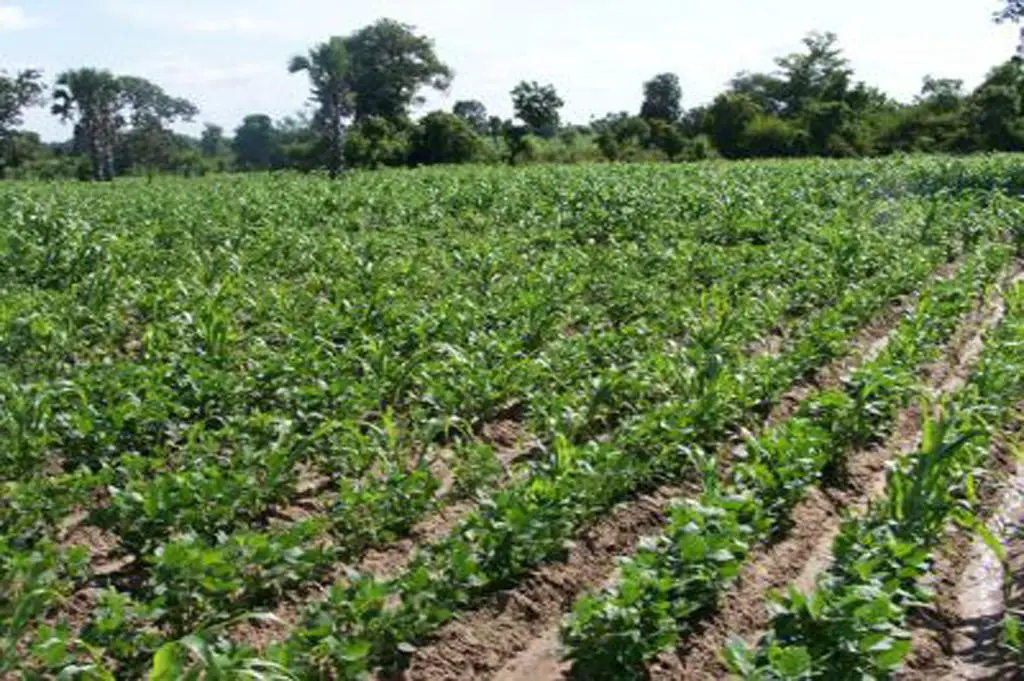
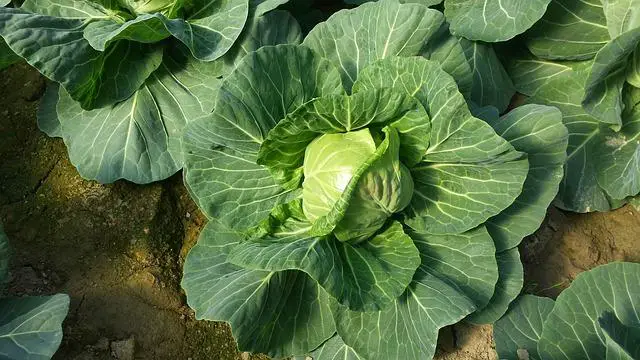
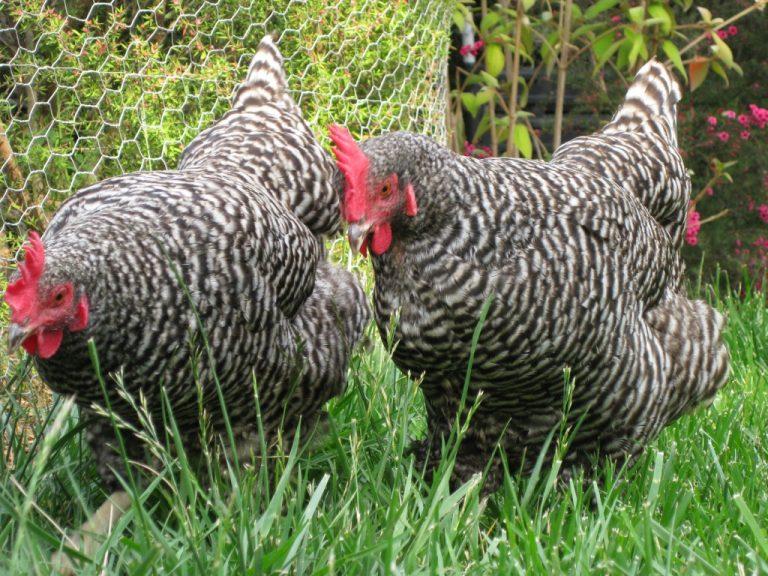
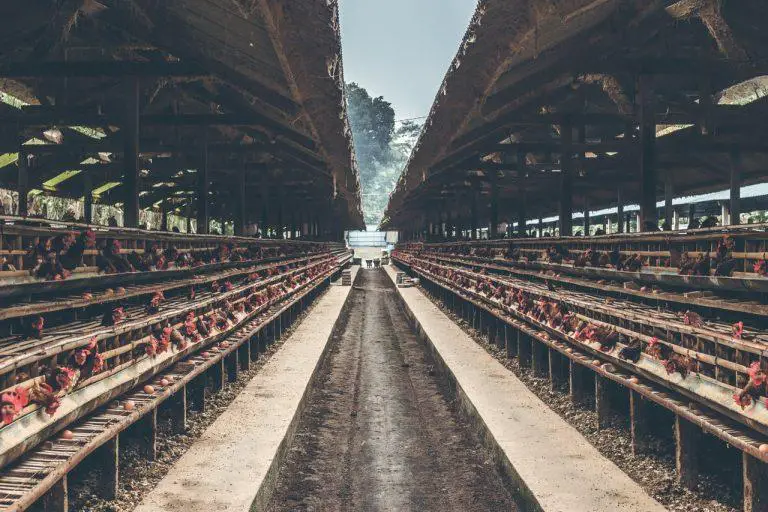
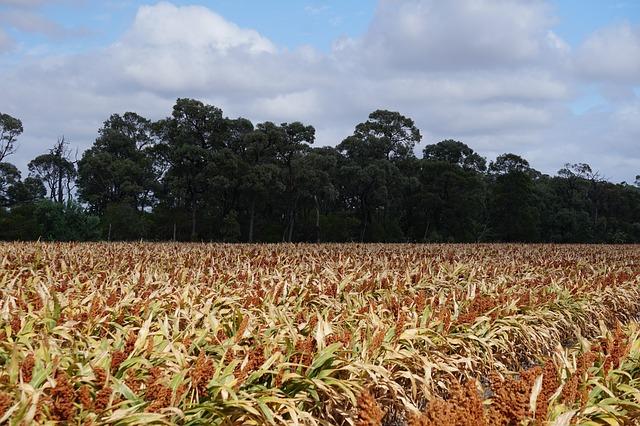
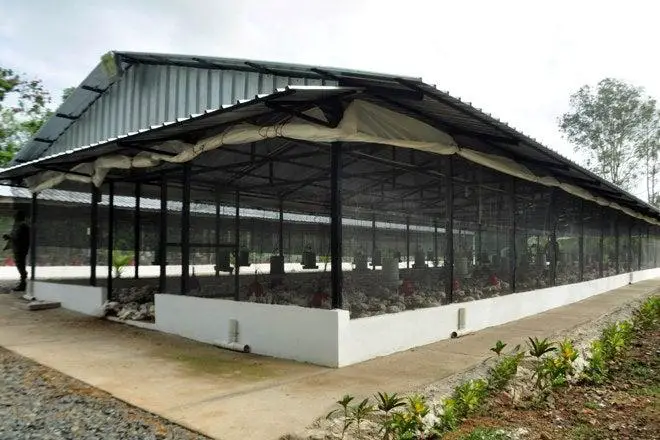
![Vaccination schedule for Kienyeji chicken for 2025 [Download]](https://value.co.ke/wp-content/uploads/2018/10/kienyeji_chicken-768x536.jpg)